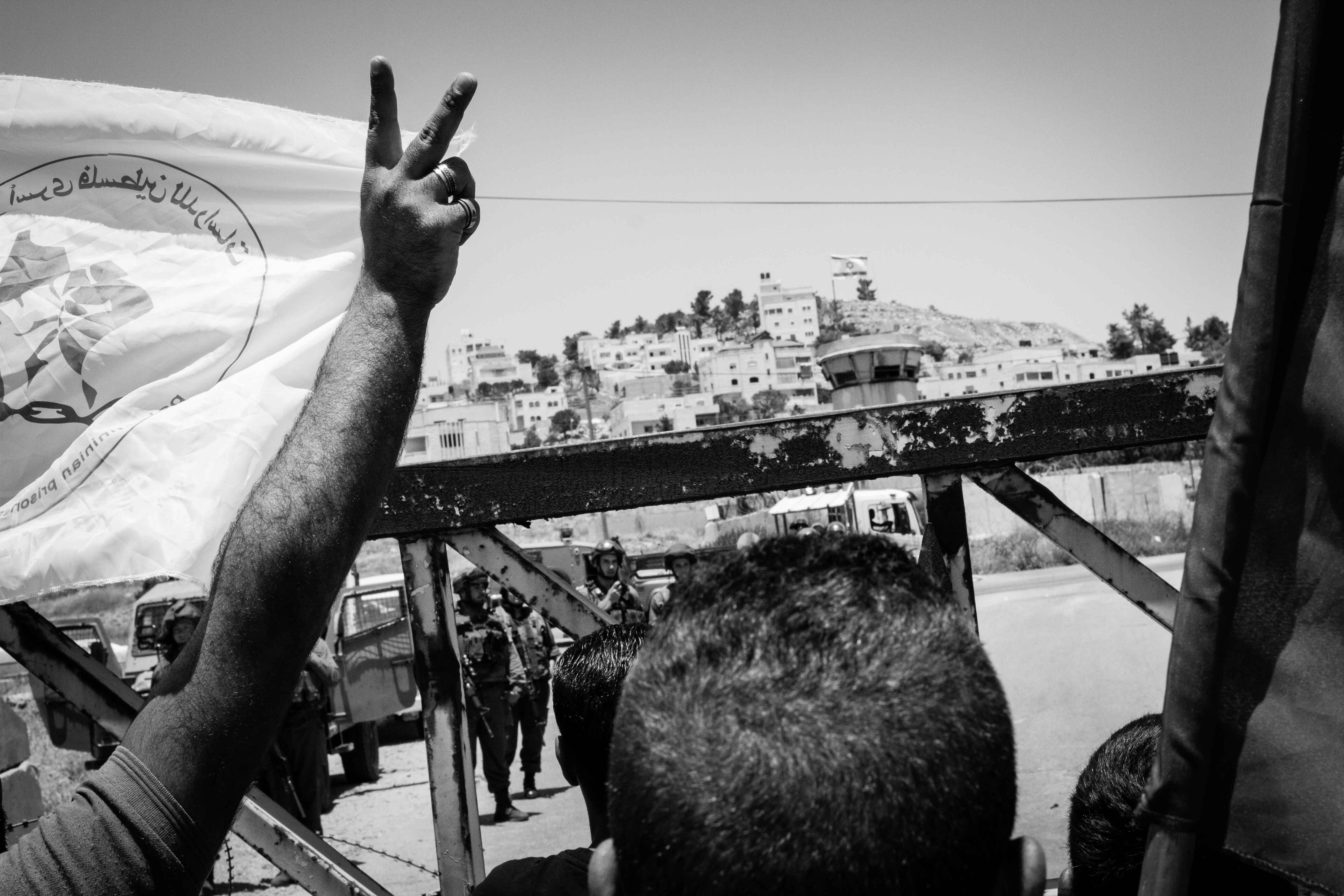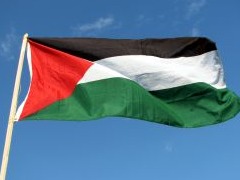Tag: Hunger strike
-
Photo story: Al-Fwar refugee camp shows support for the political prisoners on hunger strike
25th May 2014 |International Solidarity Movement, Khalil team | Al-Fwar, Occupied Palestine On the 24th of May, approximately 40 protesters gathered at Al-Fwar refugee camp. The protest was to support the 5,000 political prisoners of whom more than a 180, are on their 30th day of hunger strike. The protest was successful in the sense…
-
Joint statement: solidarity groups call on Israel to stop administrative detention
25th May 2014 | International Women’s Peace Service, Christian Peacemakers Team, International Solidarity Movement, | Occupied Palestine In support of Palestinian ‘administrative detainees’ on open-end hunger strike Over one hundred and twenty five Palestinian prisoners (ninety of whom are administrative detainees) have entered the fifth week of an open-end hunger strike to protest Israel’s practice…
-
Palestinian hunger strike: “Either I go home – or I go in a plastic bag”
23rd May 2014 | International Women’s Peace Service | Occupied Palestine “What do you want from me?” a 70-year-old lawyer and professor of economics asked the Israeli military when they arrested him last year. “You are very dangerous,” was the explanation. Recalling his reply, the man laughs, his kind face lighting up: “I am dangerous to one of the most…



